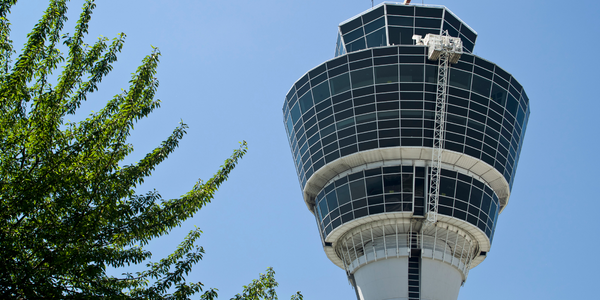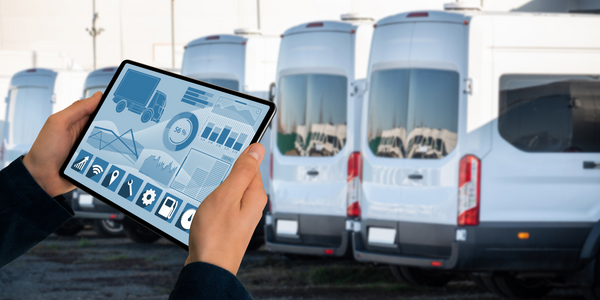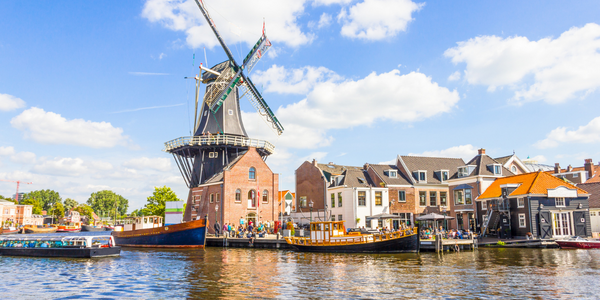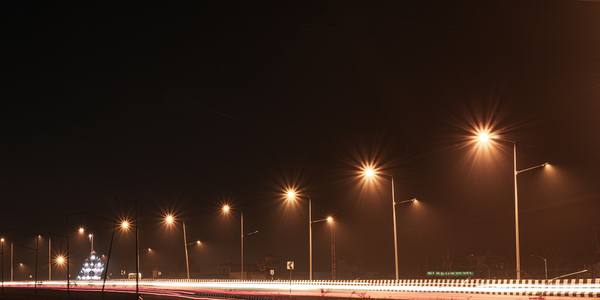How Metro Transit of King County, Washington is Reducing Pollution, Protecting the Environment and Leveraging FuelFocus™ Technology in the Process

公司规模
Large Corporate
地区
- America
国家
- United States
产品
- AssetWorks FleetFocus™
- Automated Fueling System (AFS)
- FuelFocus
技术栈
- Fleet Management Software
- Fuel Management System
实施规模
- Enterprise-wide Deployment
影响指标
- Environmental Impact Reduction
- Cost Savings
- Productivity Improvements
技术
- 功能应用 - 车队管理系统 (FMS)
- 功能应用 - 远程监控系统
适用行业
- 运输
- 城市与自治市
适用功能
- 物流运输
- 维护
用例
- 车队管理
- 能源管理系统
服务
- 系统集成
- 软件设计与工程服务
关于客户
King County, located on the Puget Sound in Washington State, covers 2,134 square miles and is nearly twice as large as the average county in the U.S. With more than 1.8 million people, including the residents of Seattle, it ranks as the 13th most populous county in the nation. The area boasts many points of interest, from the original Starbucks and Microsoft’s headquarters to the Space Needle and the Experience Music Project. However, it is the beautiful, lush terrain with glimpses of Mount Rainier and countless waterways linking forested islands that truly captivate visitors and residents alike. With so much precious land to cherish and protect, it’s no wonder that King County residents have nurtured a culture of environmentalism. This ecological way of thinking has influenced the area’s public transportation system as well. King County Metro Transit was named the winner of the prestigious national Clean Air Excellence Award for 2005 presented by the Environmental Protection Agency (EPA).
挑战
King County Metro Transit, located in Washington State, is committed to environmentally healthy and energy-wise transportation. The agency has been using AssetWorks FleetFocus™ fleet management software to manage its fleet since the late 90s. However, in 2005, Metro Transit decided it was time to gain even more control over its fuel and fluid usage to prevent waste, theft and the possibility of running out of fuel while en route. They needed a state of the art automated system that accurately tracked fuel and fluids in real-time to look for anomalies and source problems before they cost the agency money.
解决方案
Metro Transit implemented FuelFocus, the AssetWorks automated fuel and fluid management system, to create even more efficiency and effectiveness within the transit agency. The system helped Metro Transit capture data that allowed it to immediately identify and fix oil leaks, eliminate fueling discrepancies and shrinkage, and assess MPG averages to gauge whether or not vehicles needed maintenance. The fuel and fluid data was automatically collected and integrated into one database where all of the fleet management information resided. Slow practices like hand entered data onto cumbersome paper forms were eliminated. Staff could run accurate reports at any time to make sure that all of the day’s in-use vehicles were fueled prior to transporting passengers. A prime example of this use is their “3 A.M. Report.” This early morning, daily report helps keep vehicles from running out of fuel, a scenario that could have dangerous consequences if not tracked properly.
运营影响
数量效益

Case Study missing?
Start adding your own!
Register with your work email and create a new case study profile for your business.
相关案例.

Case Study
Turning A Stadium Into A Smart Building
Honeywell created what it called the “intelligent system” for the National Stadium in Beijing, China, turning the venue for the opening and closing events at the 2008 Summer Olympics into a “smart building.” Designed by highly controversial artist Ai Weiwei, the “Bird’s Nest” remains one of the most impressive feats of stadium architecture in the world. The 250,000 square meter structure housed more than 100,000 athletes and spectators at a time. To accommodate such capacity, China turned to Honeywell’s EBI Integrated Building Management System to create an integrated “intelligent system” for improved building security, safety and energy efficiency.
.png)
Case Study
Smart Street Light Network (Copenhagen)
Key stakeholders are taking a comprehensive approach to rethinking smart city innovation. City leaders have collaborated through partnerships involving government, research institutions and solution providers. The Copenhagen Solutions Lab is one of the leading organizations at the forefront of this movement. By bringing together manufacturers with municipal buyers, the Copenhagen Solutions Lab has catalyzed the development and deployment of next-generation smart city innovations. Copenhagen is leveraging this unique approach to accelerate the implementation of smart city solutions. One of the primary focus areas is LED street lighting.

Case Study
Airport SCADA Systems Improve Service Levels
Modern airports are one of the busiest environments on Earth and rely on process automation equipment to ensure service operators achieve their KPIs. Increasingly airport SCADA systems are being used to control all aspects of the operation and associated facilities. This is because unplanned system downtime can cost dearly, both in terms of reduced revenues and the associated loss of customer satisfaction due to inevitable travel inconvenience and disruption.

Case Study
IoT-based Fleet Intelligence Innovation
Speed to market is precious for DRVR, a rapidly growing start-up company. With a business model dependent on reliable mobile data, managers were spending their lives trying to negotiate data roaming deals with mobile network operators in different countries. And, even then, service quality was a constant concern.

Case Study
Buoy Status Monitoring with LoRa
The Netherlands are well-known for their inland waterways, canals, sluices and of course port activities. The Dutch Ministry of Infrastructure indicates that there are thousands of buoys and fixed items in and near water environments that would profit from IoT monitoring. One of the problems with buoys for example, is that they get hit by ships and the anchor cable breaks. Without connectivity, it takes quite some time to find out that something has happened with that buoy. Not to mention the costs of renting a boat to go to the buoy to fix it. Another important issue, is that there is no real-time monitoring of the buoys at this moment. Only by physically visiting the object on the water, one gains insight in its status.







